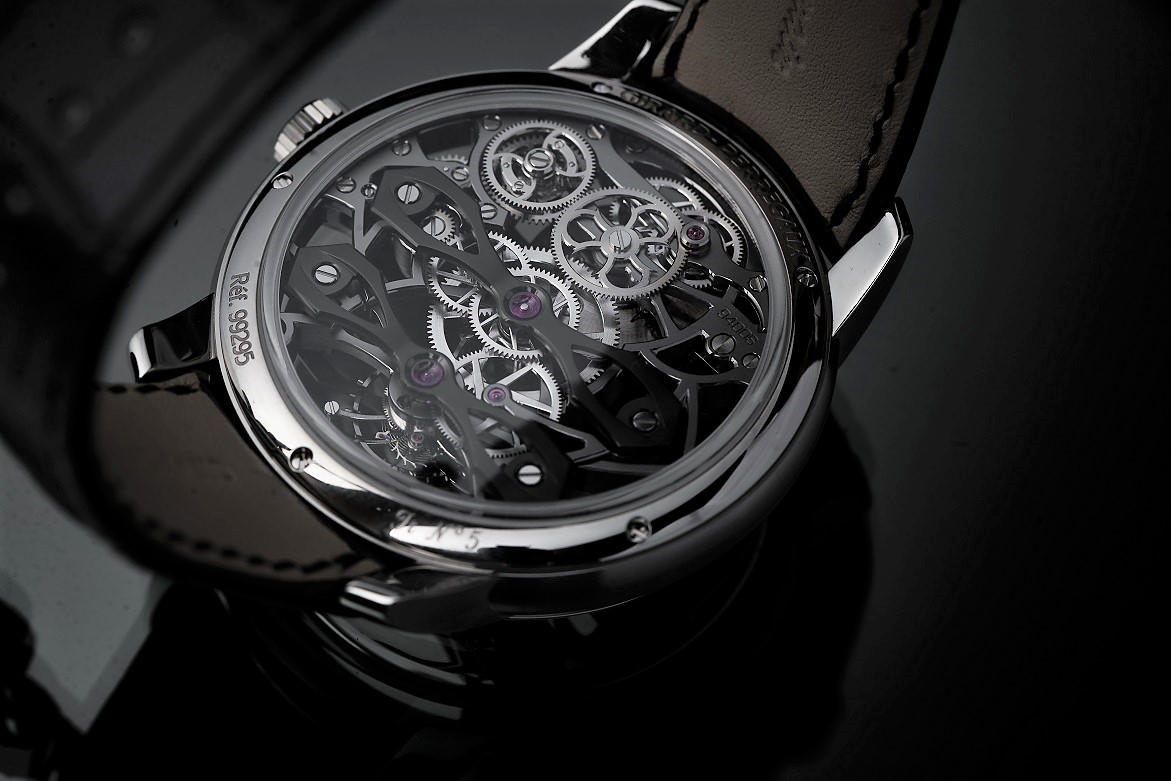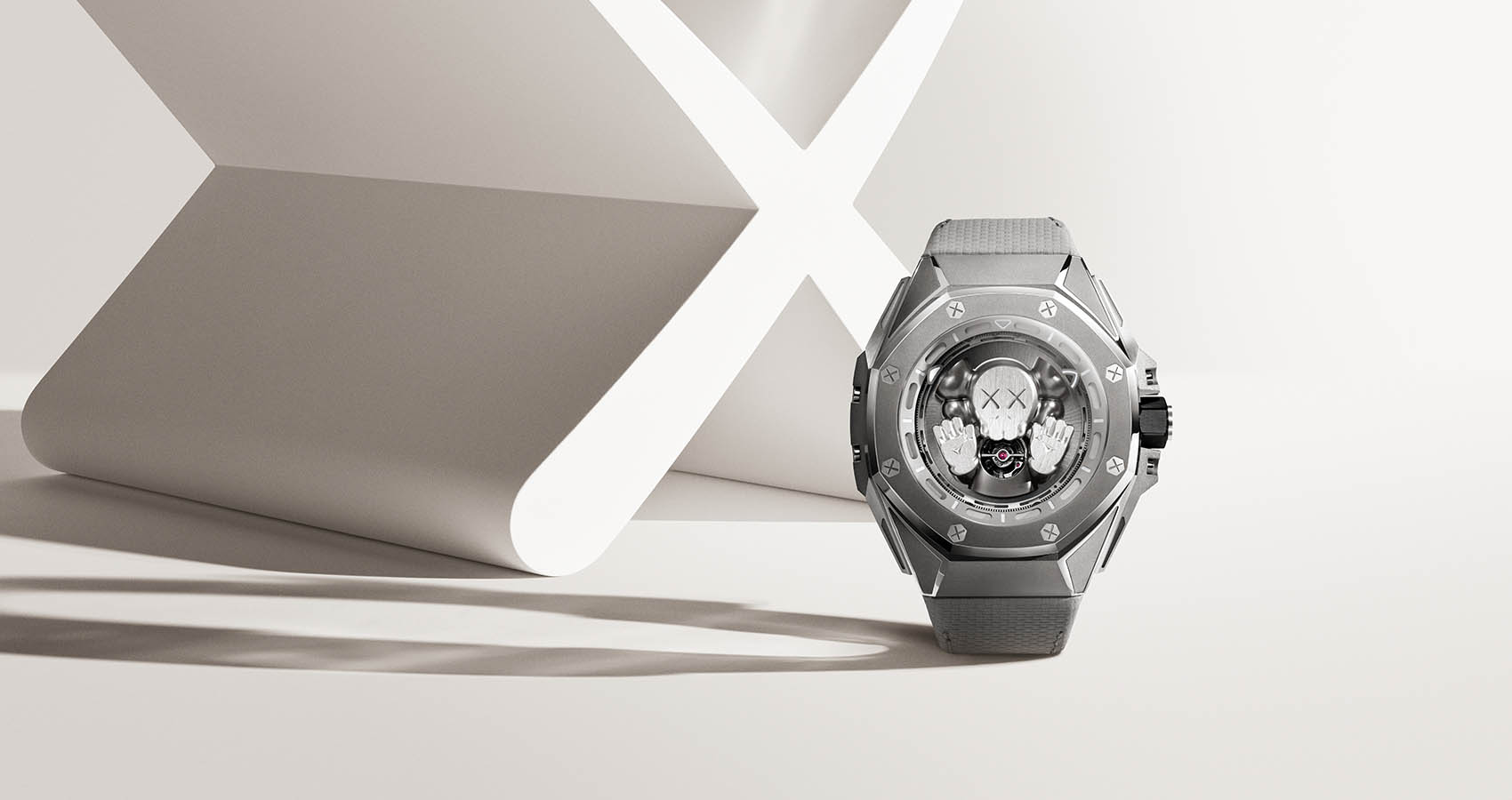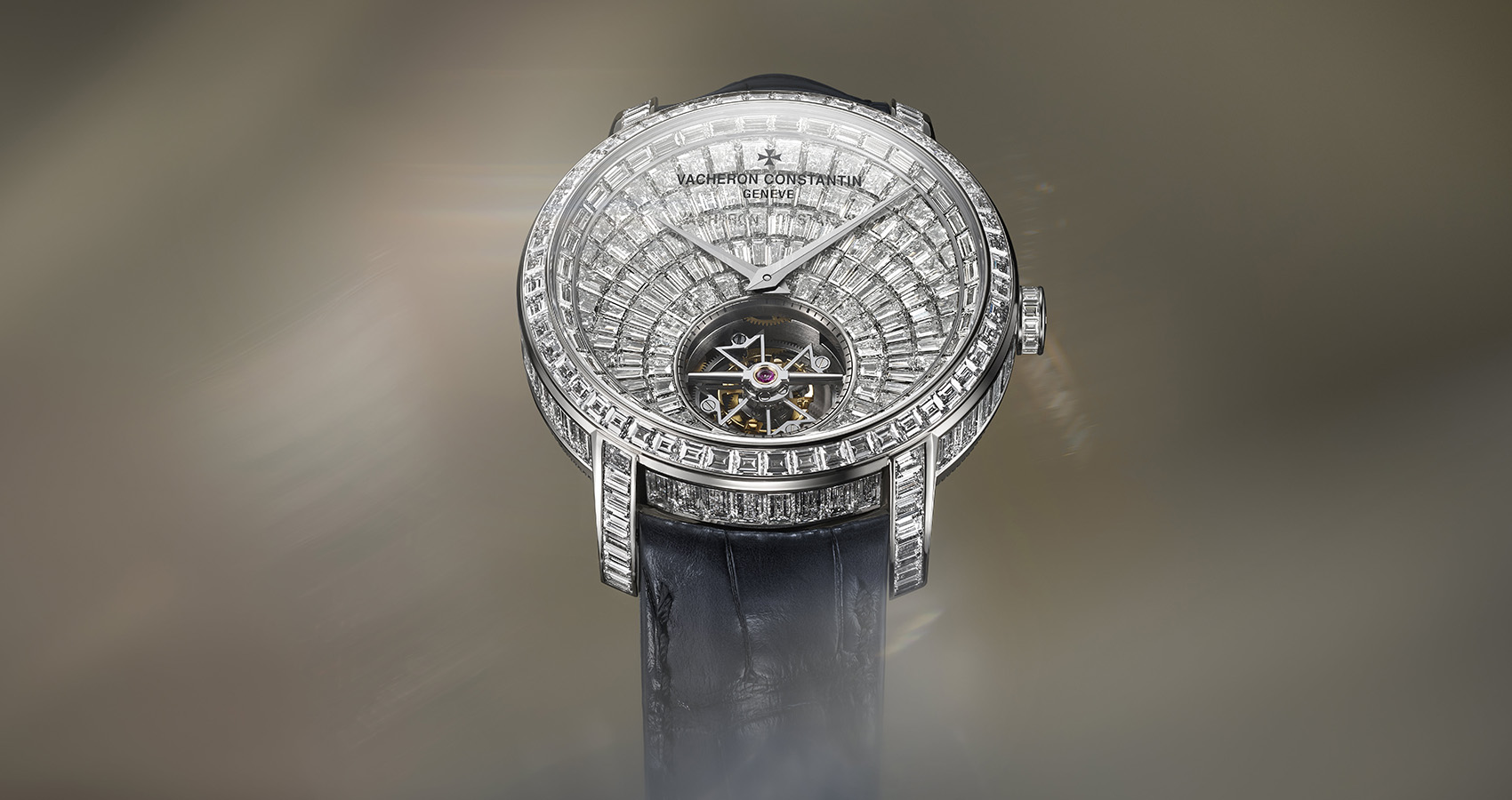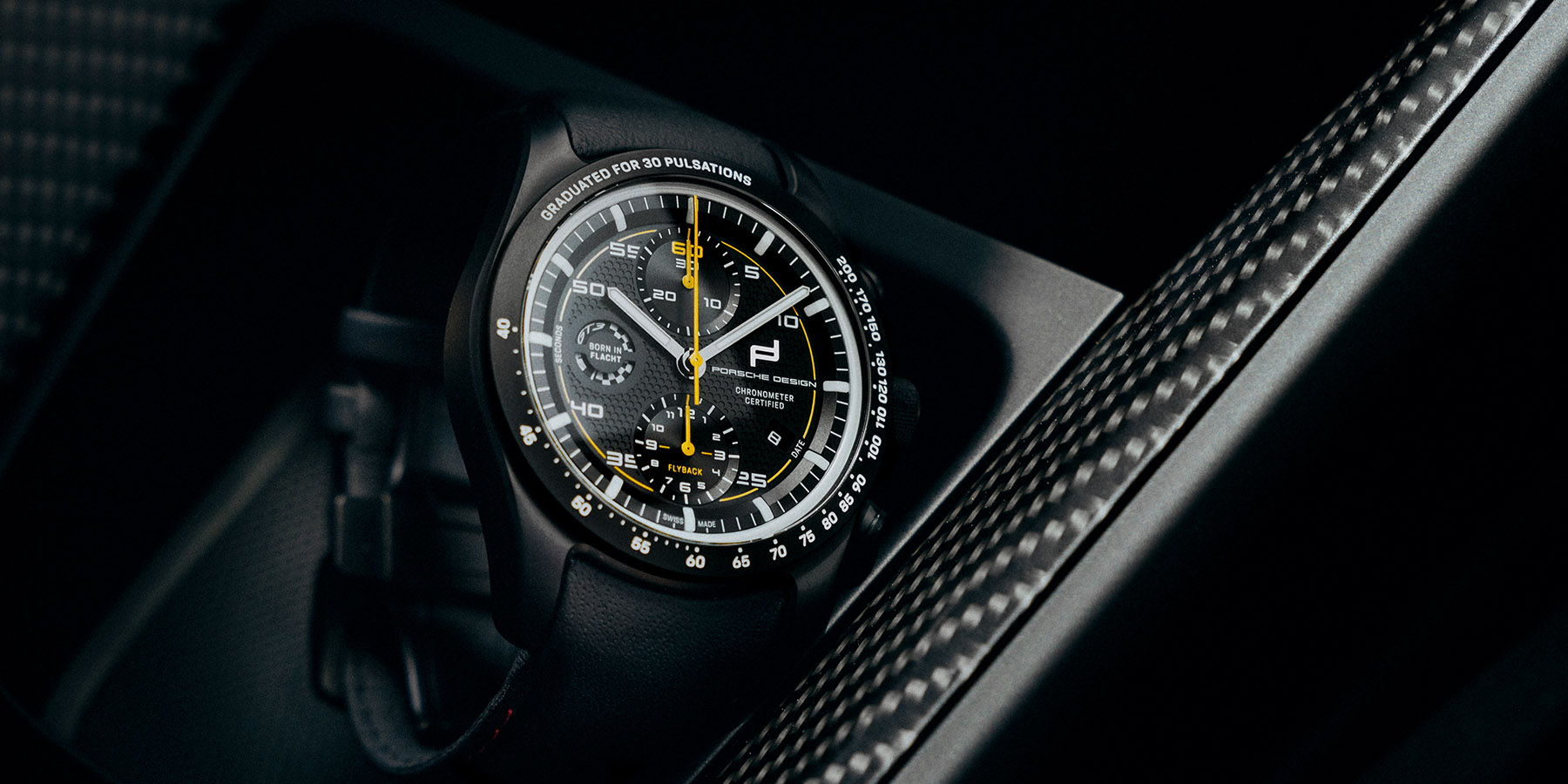
Contemporary Skeleton Watches: The New Art of Space
Historically, a skeleton watch is the relationship between artisan crafts and high mechanics, turning a timepiece into a miniaturized piece of high architecture and art. Also known as openworked, it is one of the most challenging old world artisan techniques in traditional watchmaking. It essentially uses engraving techniques (such intaglio, relief, or sculpture) to remove any non-moving components of a watch movement, including the main-plate and barrel bridges.
More recently, for some brands, skeletonized watches are created with the aid of computer-aided design and manufacturing (CAD-CAM) and other technologies, which can produce designs that are impossible to replicate by hand. This, along with new-age lightweight and strong materials, such as titanium and carbon fiber, have opened a new era in watchmaking, where the tiniest use of material can produce watches with new designs that can withstand great forces. Below are a few examples of skeleton watches using contemporary techniques and materials.
Girard-Perregaux Neo Tourbillon with Three Bridges Skeleton
This watch is crossed with slender finely rounded black PVD-treated bridges with their curves and cut-outs defining the visual effect as well as the support of an incredibly slim mechanical structure. The skeletonized caliber 9400 provides hours, minutes, small seconds on the tourbillion, which is made of titanium, all with a 60-hour power reserve. The watch is housed in a 45mm titanium case. It is a contemporary version of one of Girard-Perregaux’s most iconic models.
Richard Mille RM 53-01 Tourbillon Pablo Mac Donough
Polo is arguably the most dangerous sport in the world where a sudden turn of a horse or an accidental blow from a mallet could mean serious injury or death. In its latest watchmaking experiment, Richard Mille teamed with Polo legend, Pablo Mac Donough, to create a watch that can withstand the violent shocks and blows of the “Sport of Kings.” This task becomes more difficult by creating a skeletonized watch with a tourbillon. Among the several innovations, the engineers invented a cable-suspended movement around the RM 53-01 caliber to absorb shock. The design uses two separate baseplates. The first “peripheral” baseplate is fixed to the case and supports the tensioner mechanisms. The second “central” baseplate is linked to the peripheral baseplate by cables and incorporates the wheels of the caliber and winding mechanism. The result is a central baseplate that rests like a spider in the middle of a web, on two braided steel cables 0.27mm in diameter. These cables along with 10 pulleys are anchored by four tensioners controlled by four rotating a spline screws. The pulley system guarantees balance of the whole mechanism. The suspended movement and the use of grade 5 titanium for the double baseplate and bridges contribute increased shock protection.
Roger Dubuis Excalibur Aventador S Blue
There’s so much to like about this watch created in partnership with Lamborghini Squadra Corse. It’s powered by a Duotor (double balance wheels) concept in a revamped 312-part RD103SQ manual movement with skeleton micro-rotor, adjusted in six positions. The watch is crafted from the same C-SMC carbon that used on Lamborghini cars. This material is skeletonized on the 45mm case and the dial, which also contains black and red flange, rhodium plated indexes filled with white Super-LumiNova, 18K black PVD coated gold hands with red transfers and white Super-LumiNova tips and a black PVD coated second hand. The blue color appears on the bi-material strap, blue rubber over-molding on the case and crown, and blue markings on the fluted carbon bezel.
Jaquet Droz Grande Seconde Skelet-One
At first glance, this watch would appear to be more in line with traditional skeleton timepieces but a closer reveals a sleek and contemporary finish and impressive uses of materials. The figure “8” shape—with the large seconds dial and separate smaller hours and minutes dial at 12 o’clock, the aesthetic signature of this watch—remains within this openworked design. The large second hand is set on a sapphire sapphire dial, which exposes the Caliber 2663 SQ skeleton movement, constructed in successive layers. The plate is entirely openworked. The casing-up circle has been eliminated. The hours and minutes turn on a sapphire hour ring set on a base of gold. The two dials are held together by five indexed screws. Used for the first time by Jaquet Droz, this procedure is derived from an existing armory system and adapted by the brand’s technical teams. The oscillating weight in gold is also openworked.
 SIGN UP
SIGN UP














